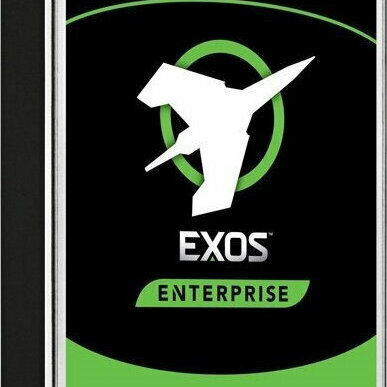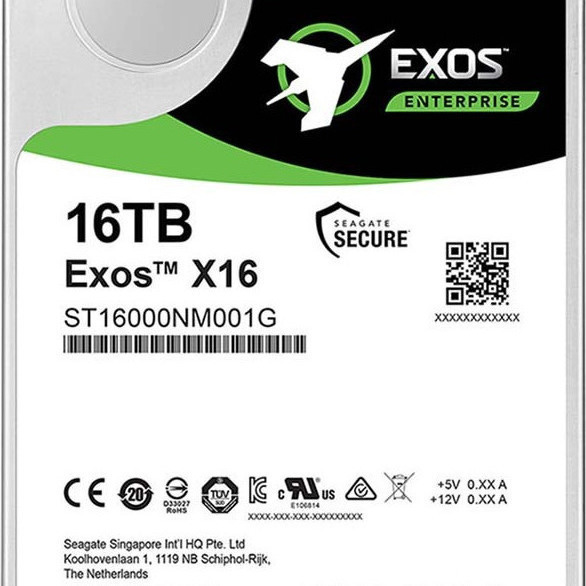UPDATE: It has been over 2 years now without any problems. The price is very good at 230, it's definitely worth it. I will now talk about my experience so far.
I wanted to replace 3 hard drives that I already had. The two Toshiba 3TB internal ones, and one Seagate 4TB external one. I was running out of space and since I couldn't split the files into folders per drive (chaos), I wanted a more organized solution.
So I ended up with this specific drive, as its features are really impressive. In terms of price for the space it offers, it's incomparable. 300 euros for 14.9 *clean* TB of space, and speeds that are not easily comparable, at around 260MB read/write for sequential, and I did some good tests transferring everything onto it.
Temperatures are day and night. Despite the struggles it had to copy files from 3 drives over a period of two days, it didn't go above 47 degrees at worst, while it sits at 14-15 degrees lower when idle. In comparison, the Toshiba drives had reached 55-57 degrees under stress during the same period. Terrifying things, especially considering that in their idle state they ran at 43-45 degrees, and I HAVE a fan in front of them.
As for the noise, I will tell you mixed things for now. I will clarify that for years I believed that the fans I bought were not quiet enough, and I still thought that until recently before I changed the drive. As soon as the old ones were gone, I couldn't hear anything from the case anymore unless I put my ear on it. I couldn't believe that my old drives made so much noise, in a tone that I couldn't distinguish acoustically from the sound of fans! At idle, it's not audible at all, as if it doesn't exist. My room is typically sub-15 dB when it's quiet outside, so it's easy to catch small sounds.
On the other hand, it is definitely noisier when it needs to work, and this is also the difficult point where my conclusions may not match yours in terms of usage. A small explanation first: a large percentage of the noise you hear from a computer may come from a hard drive (if it has one, of course). In most cases, this happens because the movement of the disks inside the hard drive as well as the heads cause vibrations, and if the drive is not secured on some foam or elastic surface to reduce all these oscillations, the entire case functions like a speaker and every sound it produces is multiplied.
With this in mind, we come to the controversial part of the noise level during drive operation. As an enterprise-type drive, it is much more resistant and generally less susceptible to vibrations, and since it is designed to be installed in a server rack, the movements of its components are more abrupt and intense, causing stronger vibrations and noise. Unfortunately, in my case, the drive cage is metallic and the drives sit inside it with loose plastic clips. It doesn't do much for the vibrations, so it sounds much louder than I initially expected. Sometimes it resonates with the entire case and you can hear a humming sound even outside the room.
I mentioned the following in order for those who are concerned about the noise to know that the levels depend on the sound insulation that the computer case itself provides, as well as how the disk is connected in order to reduce vibrations. You need to research this topic, as I did, to find what suits you.
SO WHAT HAPPENED IN THE END?
The disk cage in my case did not have holes where I needed them to try hanging it with rubber bands, so I had to resort to an alternative - foam material as a base. I used leftover anti-static foam from some packaging and screwed it onto the disk, and I also cut additional pieces as a cushion to place on top, with extra coverage on the walls of the PSU shroud in case it moves due to vibrations. The noise was dramatically reduced, almost not audible anymore.
I would consider the result excellent, and after some time, I have not encountered any issues with the setup or the disk itself. It is recommended if you have the money to spend, but be aware that if your existing disk seems to make noise due to vibrations, it will definitely require a similar solution to the one I described in order to quiet it down. If you have any questions, write accordingly and I will help as much as I can.




































